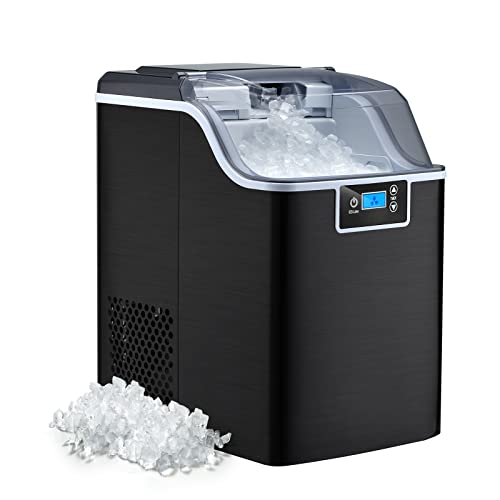
Introduction:
Ice makers are a convenient way to make and store ice for a variety of uses. Whether you need ice for drinks, for storage, for parties, or for other uses, an ice maker is a great choice for making sure you have enough ice on hand. In this guide, we’ll discuss the basics of ice makers, including what types are available, how to choose the right one for your needs, and how to use and maintain it.
Table of Contents:
I. What Types of Ice Makers Are Available?
II. How to Choose the Right Ice Maker
III. How to Use and Maintain an Ice Maker
IV. Conclusion
I. What Types of Ice Makers Are Available?
Ice makers come in a variety of shapes and sizes, depending on your needs. The most common types of ice makers are portable ice makers, built-in ice makers, and under-counter ice makers. Portable ice makers are small, lightweight devices that can be moved easily and stored in a variety of places. Built-in ice makers are larger and require installation into a kitchen or bar countertop. Under-counter ice makers are also larger and require installation, but they are tucked away beneath the countertop.
When it comes to the ice they produce, there are two main types: cubed and crushed. Cubed ice is the most common type, and it is produced in the shape of small cubes. Crushed ice is made in the shape of small chunks or flakes. Additionally, some ice makers also produce ice nuggets, which are small, round balls of ice.
II. How to Choose the Right Ice Maker
When choosing an ice maker, the most important things to consider are the size and type of ice you need, as well as the amount of ice you will need on a regular basis. If you plan to use the ice maker for large events or parties, you should opt for a larger model that can produce more ice in a short amount of time. If you only need the ice for everyday use, a smaller model may be a better choice.
Additionally, you should consider the amount of space you have available to store and use the ice maker. Portable models are great for small spaces, while built-in or under-counter models are better for larger spaces. You should also consider how much noise the ice maker will make when in use, as some models can be quite loud.
III. How to Use and Maintain an Ice Maker
Using an ice maker is fairly straightforward. Generally, you just need to fill the ice maker with water, turn it on, and wait for the ice to be produced. You can then use it as needed. When you are done using the ice, it is important to turn the ice maker off and empty the ice tray to prevent the ice from melting and refreezing.
To maintain your ice maker, it is important to regularly clean and descale it. This involves cleaning the ice maker with a mild detergent solution and descaling it with a vinegar and water solution. Additionally, you should make sure to check the water filter regularly and replace it if necessary.
IV. Conclusion
Ice makers are a great way to make and store ice for a variety of uses. There are different types of ice makers available, so it is important to choose the right one for your needs. Additionally, it is important to use and maintain the ice maker properly to ensure it lasts for a long time. With the right ice maker, you can make sure you always have enough ice on hand.






